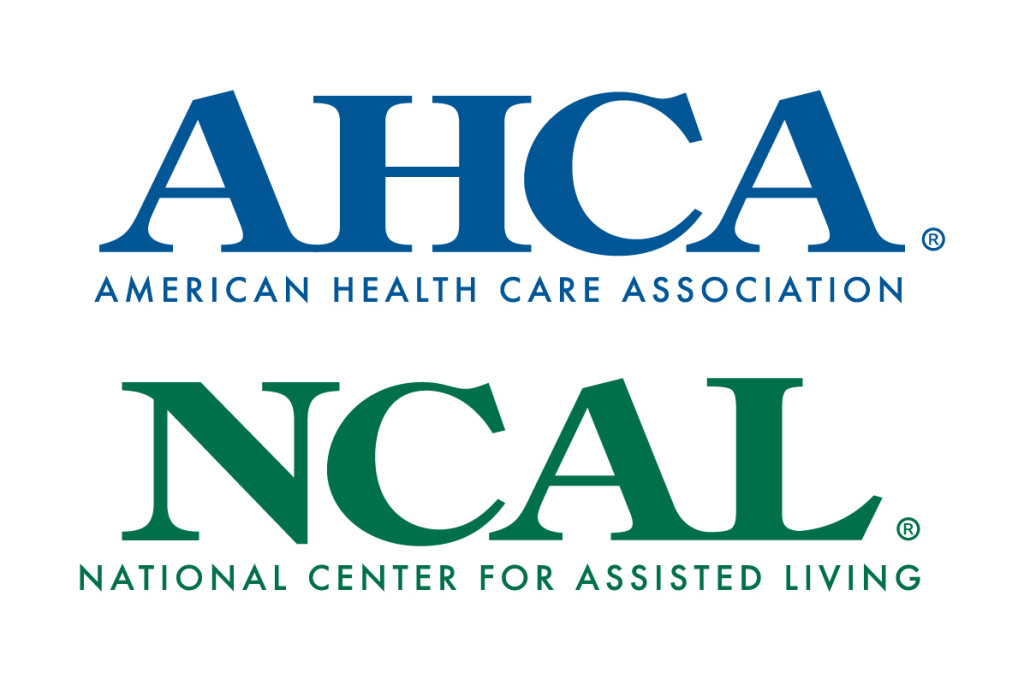DOL Releases Proposal on Overtime Pay

The U.S. Department of Labor recently released a proposal for comment that would increase the wage threshold for “white collar” employees to be exempt from time-and-a-half overtime pay.
Which employees would be impacted?
- To be exempt from overtime requirements, employees must be salaried and meet certain types of duties. For those who fall under the exemption based on executive, administrative or professional duties, the employee’s salary has to be over a certain threshold.
- This rule increases that threshold to the 35th percentile of weekly earnings of full-time salaried workers in the lowest-wage Census Region (the South). Currently this equates to $55,058 annually.
- Under the proposal, employees who are salaried AND exempt based on their duties, making less than $55,058 annually would be paid time-and-a-half for hours worked over 40 per week.
- The proposal would also increase the amount to be exempt based on being considered highly compensated. The proposal is to increase the total annual compensation threshold to the annualized weekly earnings of the 85th percentile of full-time salaried workers nationally ($143,988).
- These changes apply only to employees who are exempt from overtime requirements based on the exemptions for executive administrative or professional duties (so-called “white collar” workers) or highly compensated employees.
- The proposed rule would not change any current overtime requirements for nursing staff.
The proposed rule would also establish a mechanism to update the amount every 3 years to keep up with these percentiles.
According to the Department of Labor, the proposal would make approximately 3.6 million more salaried workers eligible for overtime pay.
Contact Dana Ritchie with any feedback on this DOL proposal by Friday, October 13, COB. AHCA/NCAL will be submitting a comment letter to DOL. The deadline to submit comments is November 7, 2023.
FAQs with further details can be found on the DOL website .
Source: AHCA/NCAL
![North Carolina Health Care Facilites Association [logo]](https://www.nchcfa.org/wp-content/themes/nchcfa/images/logo.png)

